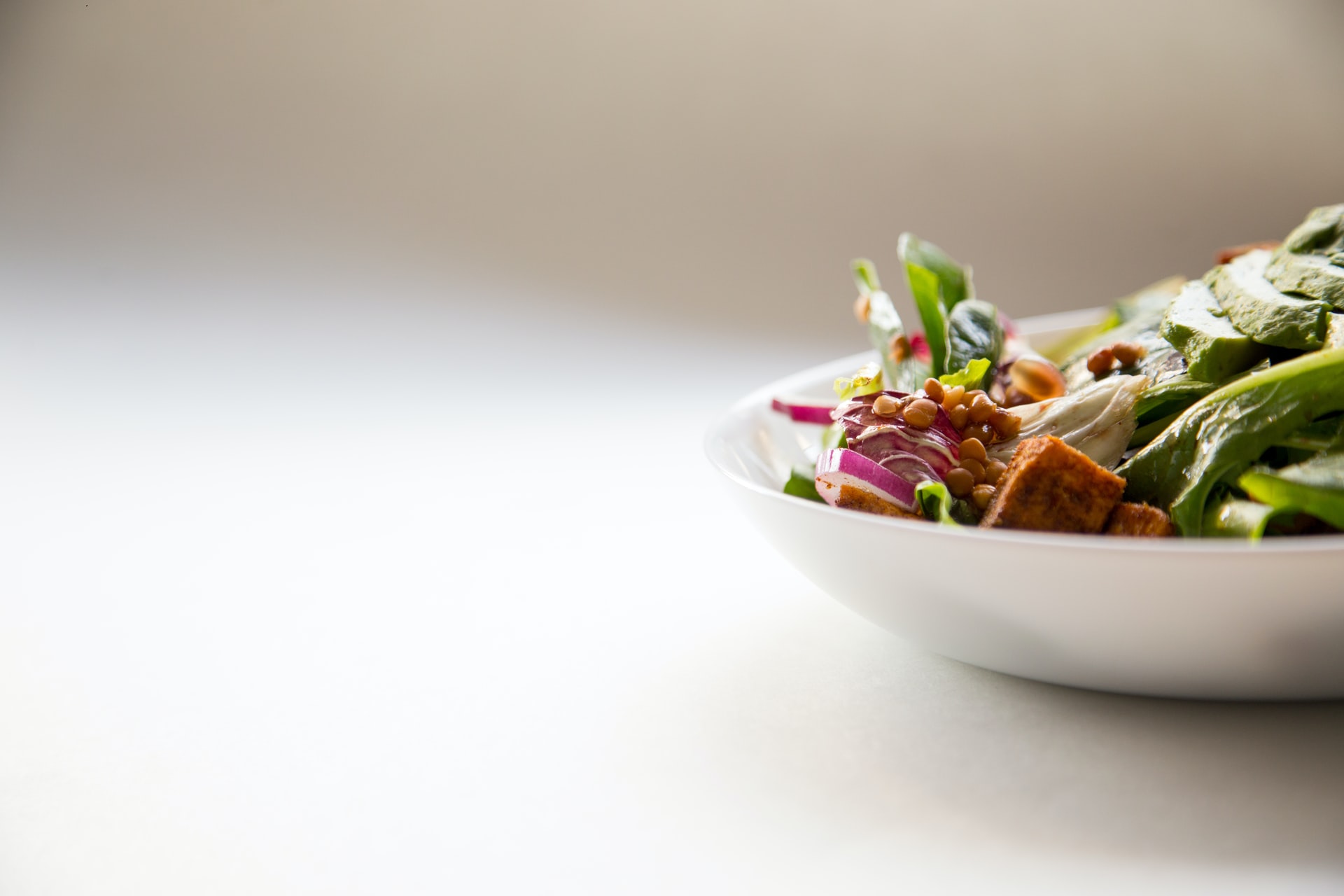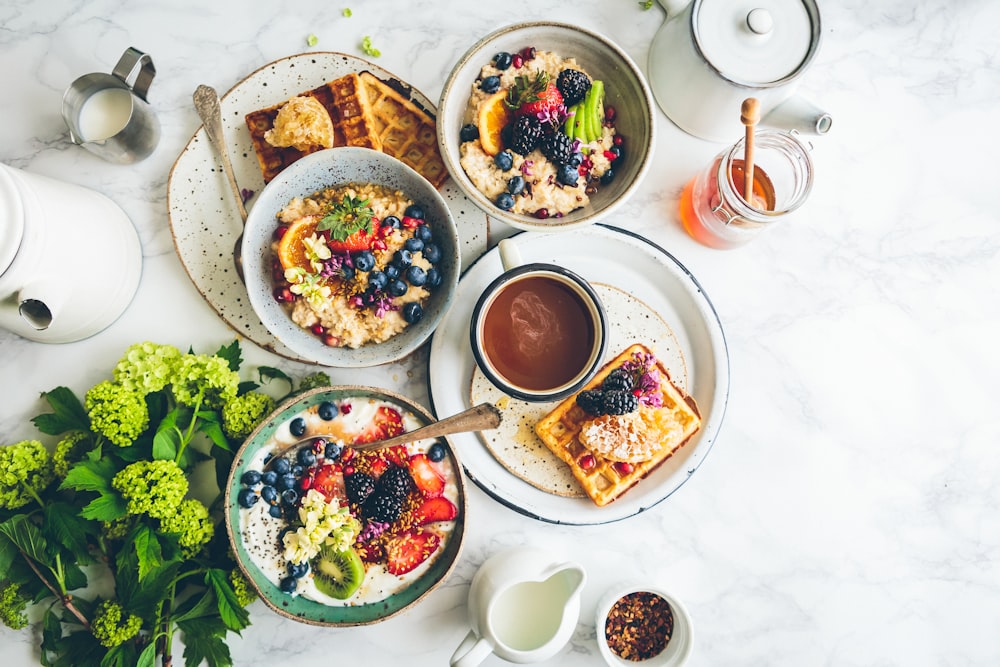Myths About Going and Being Vegan

In my experience, people go vegan for three main reasons: health, environmental impact, or impact on animals. All three are valid reasons. Going and being vegan is a controversial topic; the comment sections under videos or articles about vegan recipes on social media are mostly complaints and rhetorical questions from those who don’t understand why people are vegan, or myths they’ve heard about being vegan. Here are the most common myths, and why they’re myths.
Myth 1: Vegans Only Eat Produce, and the Food Is Bad
Vegans do eat a lot of fruits and vegetables, but we should all be eating a lot of fruits and vegetables. Sure, they eat more than the average person, but they eat other things, too. They can eat grains, such as oats and rice, meaning they can eat bread, such as Dave’s Killer Bread, and pasta, such as Banza. Additionally, there’s unlimited options for most things: dairy, yogurt (I like Silk Almondmilk yogurt), ice cream, plant-based meats such as BeyondMeat, and even cheese. At the end of the day, how good something tastes comes down to the recipes you use, and even meat can taste bad if not spiced right.

Myth 2: You Don’t Get Enough Protein
Day to day, the average person wants to eat about 50 grams of protein, and one common myth is that you can’t reach that goal while not eating meat. It couldn’t be more wrong. Many of the foods common in a vegan diet such as nuts, lentils, tofu, and green vegetables have a good amount of protein per serving. Tofu has 32 grams of protein per 100 grams, lentils have 9 grams 100 grams, and peas have 5 grams per 100 grams. For reference, chicken has32 grams per 100 grams of meat, tuna can have up to 30 grams per 100 grams, and beef can have up to 28 grams per 100 grams.

Myth 3: Being Vegan is Expensive
While buying pre-packaged vegan food or eating out can be expensive, many of the staples of a vegan diet aren’t. Rice is about 80 cents per pound, beans are about $1.80 per pound, and non-organic fruits and vegetables are usually less than $4 per pound, even less if you buy canned (on average). Meat, on the other hand, can cost you $4 to more than $8 per pound. Additionally, cow’s milk usually lasts about a week after opening, depending on the sell-by-date. Alternative milks, such as almond milk, usually last longer, even if the recommended time for consumption is 7-10 days after opening. Personally, I’ve had almond milk last about three weeks.

Myth 4: There’s No Health Benefits
There are many health benefits to following a vegan diet. It can reduce cholesterol levels, reducing your risk of heart disease in the process. It can decrease your chances of getting some cancers. It can even help you manage your diabetes better. If done right, you may even get more antioxidants, certain vitamins, and certain minerals. While you may need some supplements, some polls have shown that over 80% of Americans use vitamin supplements, so it’s not a strictly vegan issue. Of course, these benefits will vary person to person, as we are all different.

Myth 5: A Vegan Diet Isn’t Filling
As mentioned above, there are a lot of things vegans can eat, and being vegan isn’t about restricting how much you eat. Many fruits and vegetables are lower in calories, but higher in fiber, which helps you feel full, is good for your digestive system, and can help lower cholesterol. Beans, legumes, and whole grains are also high in fiber, and vegan friendly. As with any diet, if you’re hungry, you can eat: it’s just about eating the healthier options, though we’re all allowed to enjoy whatever food we wish in moderation.
There is a lot of false information out there, a lot of myths that need dispelling, and a lot of correct information that needs to be muddled through. At the end of the day though, deciding to go vegan is a personal choice based on your personal opinions and your health. Just remember, it’s not a sentence for a boring life and it’s an opportunity to help the environment, explore new foods, and save animals.


Leave a Reply